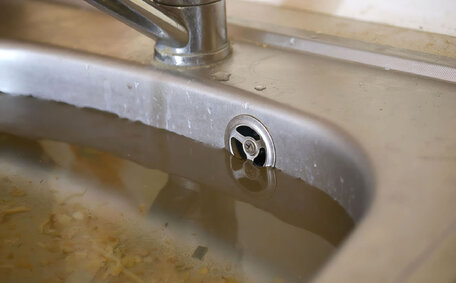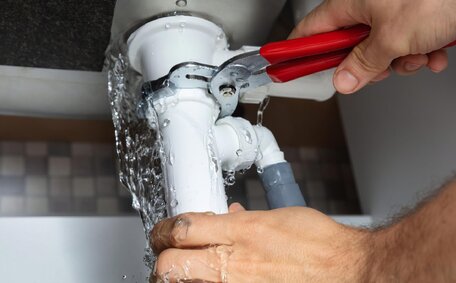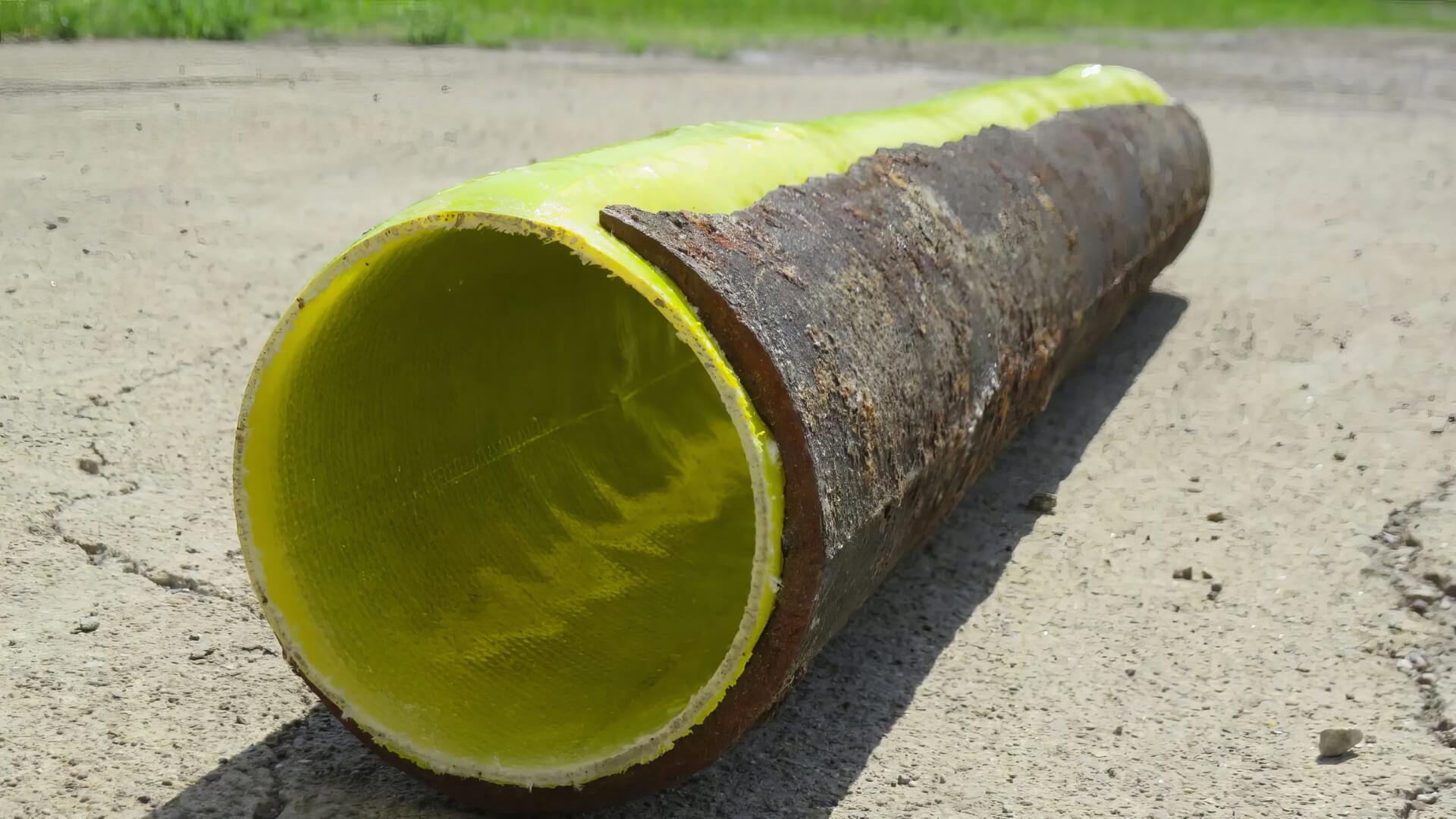Introduction to Hot Water Temperature Adjustment
Maintaining the correct water heater temperature in your home is crucial for ensuring safety, comfort, and energy efficiency. Setting your hot water heater temperature excessively high heightens scalding risks, particularly for young children and the elderly. Moreover, overly high temperatures in hot water systems squander energy and can compromise bacteria elimination.
The professionals at Newtown Plumbing know how to optimise your hot water system’s balance to ensure both safety and efficiency. Our expertise extends across Newtown and Sydney, granting us extensive knowledge of specific electric hot water system adjustments and diverse unit models.
In this comprehensive guide, we’ll walk you through the process of checking and safely changing your hot water temperature. We’ll cover gas electric water systems, alongside tankless units, so you can confidently make adjustments tailored to your system.
By following Newtown Plumbing’s advice, you can reduce energy bills and protect your family from dangerous scalds by adjusting your water heater’s temperature. And you’ll rest easy knowing your setting water heater’s temperature is configured securely to obstruct bacteria proliferation.
Recommended Water Temperature Settings
The Consumer Product Safety Commission (CPSC) and the Occupational Safety and Health Administration (OSHA) provide guidelines on safe hot water temperatures:
- Adjust temperature of your water heater no higher than 120 degrees Fahrenheit (49 degrees Celsius) to help prevent accidental scalding, especially for children and seniors
- Maintain a minimum temperature without having your water heater set too low, ideally above 60 degrees Celsius to reduce bacterial growth like Legionella
An optimal setting balances reducing the risk of scalding with preventing bacterial growth. Consider each household’s unique needs – cooler settings at 120 F may suit families with children or the elderly, whereas a warmer preference of 140 degrees Fahrenheit may be favourable for active adults. Check your local plumbing codes too.
Other tips for hot water safety:
- Install thermostatic mixing valves to automatically temper water
- Always verify water temperature before bathing children or the elderly.
- Consider adjusting the hot water temperature upwards if it’s set too low, to maximise energy conservation, particularly during nights or when away.
Contact our Newtown plumbing professionals if you require assistance to adjust temperature hot water or enhance safety measures. Our qualified technicians can inspect all your systems and recommend the best heater temperature settings for your home.
Checking Your Current Hot Water Temperature
Prior to adjusting your hot water temperature, check the current setting of your water heater.
Follow these straightforward steps to determine water heater temperatures with a thermometer:
- Turn your water heater on by opening a hot water tap and let it run for a few minutes so the water coming out is hot
- Use a cooking thermometer to measure the water’s temperature, holding it under the flow until the reading stabilises.
- Note the temperature shown – this reflects the current setting of your hot water.
- Double check the hot water heater temperature reading with a second thermometer if you have one, to ensure accuracy
Avoid contact with hot water to prevent scalding. Also be aware that different taps could give different readings depending on their proximity to the water heater.
Adjusting Temperature on a Gas Water Heater
For safety, always turn off the power before adjusting a gas water heater’s temperature. Ensure both the power and gas supply to the unit are turned off before adjustments.
On most models, you’ll find the temperature dial behind the access panel near the bottom. Refer to your owner’s manual for the exact location. The settings are usually marked 'Hot’, 'A’, 'B’, and 'C’, corresponding to temperatures from approximately 120 to 150°F (49 to 66°C).
To raise the temperature, turn up the dial clockwise. Lower it by rotating counter-clockwise. Adjust the temperature in small steps, then check the water temperature with a thermometer after waiting for the changes to take effect.
Once adjusted, relight the unit’s pilot light if it has gone out. Should there be any doubt, seek out professional assistance to get your hot water system functioning securely with the help from our local experts.
Although gas water heaters offer precise temperature control, repeated adjustments may elevate gas consumption and costs. Find an optimal middle-ground setting that meets hot water needs at a higher temperature without wasting energy.
Adjusting Temperature on an Electric Water Heater
When adjusting an electric hot water heater’s temperature, begin by turning off the power at the circuit breaker to avoid electrical shock risks from exposed wiring and elements.
Use a screwdriver to access your electric water heater’s thermostat by carefully removing the external metal cover.
Turn the dials clockwise to increase temperatures and counter-clockwise to decrease them, adjusting the heat incrementally. Gradually adjust the water temperature in increments, ideally altering between 10-15 degrees at a time.
Reach out to licenced tradespeople like us at Newtown Plumbing, here to help with ensuring safe and proficient temperature calibration matching your electric water heater to your household.
Adjusting Temperature on a Tankless Water Heater
Adjusting temperature on a tankless or continuous flow water heater is often more straightforward than a conventional storage tank system. Instead of thermostats, tankless heaters have an electronic control panel to set the outgoing water temperature.
Simply interact with the up and down keys on the digital interface to make your desired temperature selection. Adjustments take effect instantly. However, you may need to tweak a degree at a time and test to hone in on the optimal level.
Tankless heaters underscore a feature allowing a continuous flow system to yield on-demand hot water with pinpoint temperature control. Homeowners can easily customise settings for their needs - lowering overnight to save energy or turning up for enhanced cleaning.
Contact Newtown Plumbing to help install or maintain your new hot water system. Our experts can advise on features and programming to maximise safety, efficiency and convenience in your home.
Using Thermostatic Mixing Valves
Thermostatic mixing valves can also serve as special faucets that blend hot and cold water to deliver water at a consistent, pre-set temperature. These valves use an internal thermostat to regulate the water mix, thus preventing temperature fluctuations.
Mixing valves are extremely useful for preventing accidental scalds in households with vulnerable groups like children, seniors, or people with disabilities. Optimizing the valve setting for your hot cold water mix at a temperature of 120°F or less guarantees tap water remains safe and mitigates the risk of burns.
These valves on your water heater’s system also make it easy to customise hot cold tap temperatures for different needs. For example, setting bath taps cooler for kids while having hotter water flow to your kitchen sink or laundry.
Our Newtown Plumbing licensed professionals can fit thermostatic mixing valves to your current taps or include them in new setups. Contact us today to learn more and get a quote.
Improving Efficiency With Lower Temperatures
Lower water heater temperature settings can lead to enhanced energy efficiency and reduced utility bills. Water heaters typically consume more energy when heating water to elevated temperatures.
Here are some tips to conserve energy while ensuring your water temperatures meet your needs:
- Insulate hot water pipes to retain heat better
- Install heat traps on inlet and outlet pipes
- Set temperature only as high as needed for tasks like washing dishes
- Turn down the heater when away from home to save energy during prolonged absence
- Check water temp periodically and lower heater if set higher than necessary
The experts at Newtown Plumbing can help assess your hot water usage, recommend optimal temperature settings, and ensure your system runs efficiently to save money your utilities. Contact us today!
Preventing Scalds and Burns
To prevent accidental scalds from hot water, consider several critical steps:
- Set your water heater temperature to 120°F/49°C or less as recommended
- Install thermostatic mixing valves on bath/shower taps to automatically temper water
- Always adjust temperature your water before bathing kids, elderly or disabled persons
- Consider using lower temp settings at night or during unused periods
- Insulate exposed hot water pipes to reduce cooling that can lead to unstable temps
Severe burns from a water heater can happen in just seconds with very hot water. Protect your family by following guidelines and contacting Newtown Plumbing if you need help adjusting or improving your hot water system safety.
Our skilled team can scrutinize your setup, pinpoint potential hazards, and endorse optimal solutions for proper water temperature regulation, such as thermostatic valves.
Troubleshooting Fluctuating Temperatures
If you notice your hot water temperature fluctuating between very hot and lukewarm, there are a few key troubleshooting tips to try before calling a plumber:
- Faulty thermostats - Locate and carefully inspect the thermostats in your water heater. If corroded or damaged, they may not reliably regulate temperature.
- Malfunctioning heating elements - Electric water heaters with defective heating elements can cause temperature instability. Check for signs of leaks, corrosion or cracks.
- Sediment accumulation inside tank - Overabundance of minerals may disrupt both the heating and the control of temperature. Drain and flush regularly.
- Thermal expansion issues: A backflow preventer can trigger the pressure relief valve to open as water expands, causing temperature inconsistencies.
For a professional diagnosis and repair of issues like faulty thermostats or heating elements, reach out to the licensed Newtown Plumbing technicians at 1300 349 338 or via jobs@newtownplumbingservices.com.au. We service all brands and models of hot water systems in Newtown and across Sydney.






